-
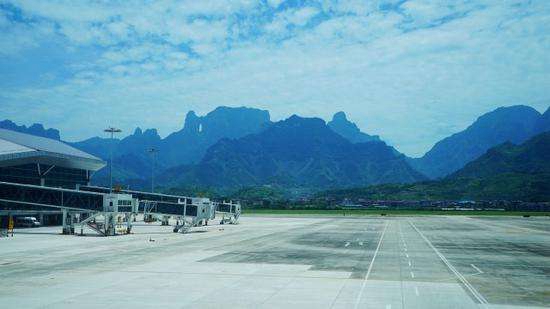
There are 16 air routes linking up Zhangjiajie and Beijing, Shanghai, Xiamen, Xian, Guangzhou, Chengdu, Shenzhen, Qingdao, Fuzhou, Chongqing, Changsha, etc. There are charter flights between Zhangjiajie and Hong Kong. The year 2005 also witnessed for the first time charter flights between Zhangjiajie and South Korea.
2010-11-24 09:49
View:6116
-
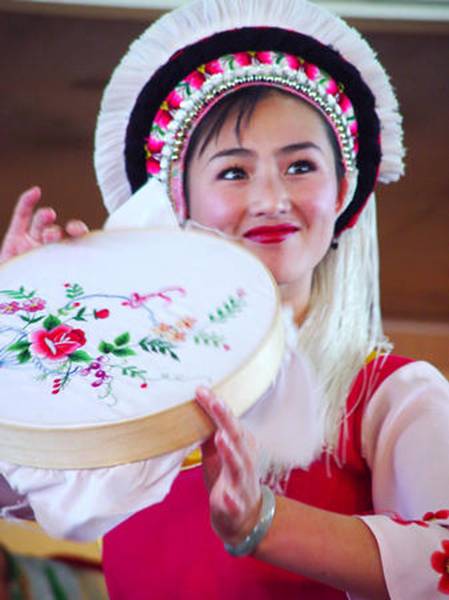
Nearly half of the total population of Zhangjiajie city is minorities. It’s over 700,000. There are the Tujias, the Bais and the Miaos. In addition, there are some Huis, Mans, Tongs and the Yaos.
Hot
2021-08-18 02:06
View:6708
-
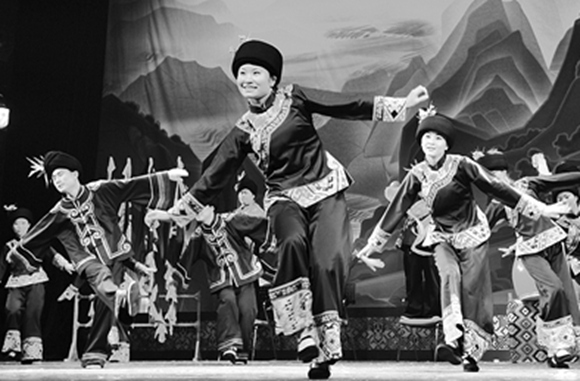
The Hand-waving Dance is the most popular ancient dance of the Tujia people. In the past, it was a kind of martial dance and used in fighting with enemy. It lasts from the beginning of January to the 17th of the lunar calendar. Hundreds or thousands people perform the dance. They are dressed in splendid attire, singing and dancing. At night, they beat drums and gongs. In these days, all the Tujias are immersed in a warm and lively atmosphere.
2010-11-23 17:26
View:3969
-
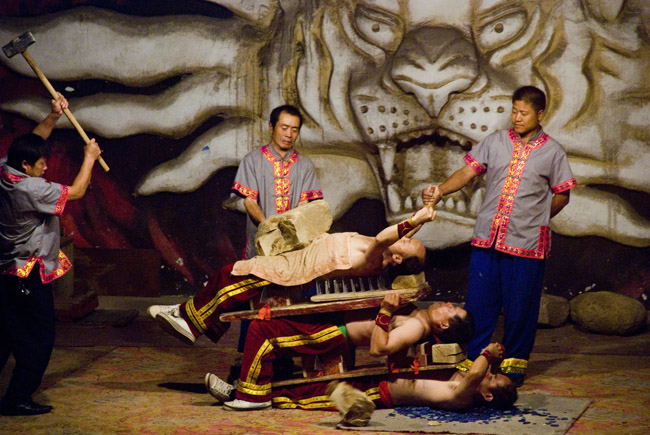
From historical records we learn that the magical Qigong of Zhangjiajie was invented by Cuiguzi; hence it bears the name Guigu Qigong.Zhangjiajie enjoys a high reputation as County of Hard Qqigong, especially in Guanliping village at the foot of Tianmen Mountain. It is the order of the day for men and women, young and old to practice this style of Qigong. Among the practitioners, a man by the name of Zhao Jishu was awarded first prize in the National Martial Arts Competition in 1979. Thus honored, he accompanied some central governmental leaders for visits to Luxembourg was effusive in his praise for this international Qigong master and said this international Qigong master is real something. A Frenchman exclaimed that Chinese Hard Qigong displays true science and is a treasure shared by all humanity.As for the performances, they usually involve lying face down on sharp steel forks, among other amazing displays. Though the performances are exciting and well worth watching, I am afraid that they might be a bit too stimulating for some people. It was reported that during Zhao Jishus demonstration in Luxembourgs national theatre, two elderly ladies became terrified and fainted.
2010-11-23 17:23
View:4547
-
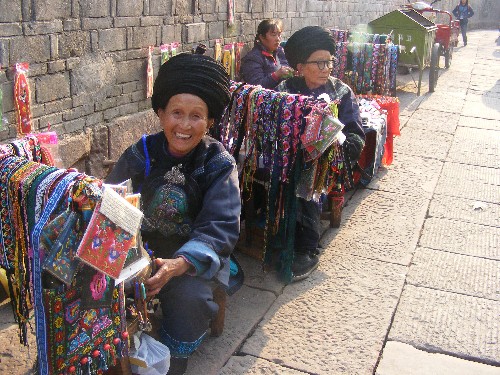
According to local chronicles, the Tujia people - both men and women wear a short upper garment and no shoes. They cover their head with a cloth and tend to dye their clothes in a variety of colors.
2011-10-13 21:41
View:6451
-
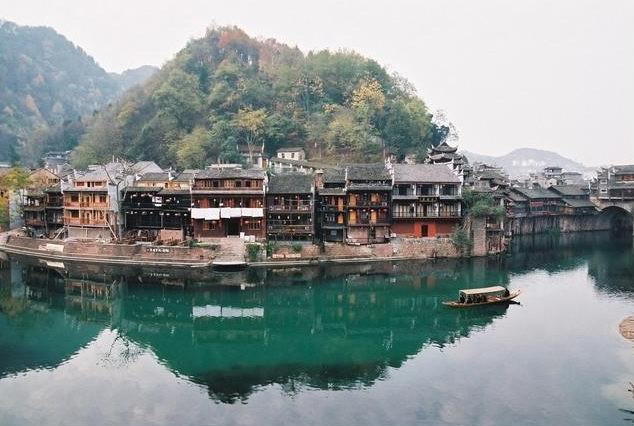
Nowadays, as people travel to many places in the world, they make the observation that almost all dwellings are made of steel and cement, with little or no variety. As we express astonishment at the enormous progress in our world, but do you feel a bit of nostalgia and sadness? And we may ask the question: here are the social distinctions among our homes?The Tujia peoples Diaojiaolou (stilted house) house has its own ethnic distinctiveness; for, it is constructed in such a way as to overhang the water and be supported by many wooden pillars. According to old tang book, the specific reason for building such a structure is to deliver the inhabitants from miasma, poisonous vegetation and venomous snakes. Aside from this, Tujia people are accustomed to constructing their houses over the water and in proximity to the mountains, with most residences established in the valleys, giving the appearance of crouching tigers. Clearly, the best way to construct a spacious and stable house, while economizing on material, is to lay the foundation on wooden pillars and build the structure upon it. Over several millennia, a simple shelter against wind and rain has evolved into a construction, which is practical, graceful and artistic, harmonizing with the surrounding natural environment.SomeTujia people are wealthy and some are poor; some of their homes are rather large and others are modest in size. The layouts of typical Diaojiaolou houses (stilted house), however, are usually identical. They are situated on a flat foundation and appointed with 3to 5 rooms in the front portion, a main hall in the middle, and the principal living quarters along either side of the hall. Attached to the living quarters, then, is wing-room, which are usually divided into upper and lower stories. The upper portion serves as the ladys chamber, while the lower story houses the water buffalo and storage items.Whether the dwelling is large or small, the Tujias follow three steps in building their Diaojiaolou residence: (stilted house), choosing the location, selecting the proper wood, and settling the ridgepole. First of all, the owner feels obliged to consult a geomancer to help him select a location by a compass and one, which is appropriate to geomantic principles. The position is chosen because it is beside a river and close to a mountain, a place that is appropriate to geomantic principles. The position is chosen because it is beside a river and close to a mountain, a place which enjoys sunshine but also shielded from the wind. After this, the builders select special wood for the house, and particularly for the ridgepole. The fir tree usually serves best because this variety is mostly straight and has less branches; whats more, it tends to grow large and vigorously. On one hand, the fir is practical, but it is also a symbolic choice; for, it speaks of the hope of prosperity for the family. The final step, then, is to set the ridgepole on the top of the roof. For the Tujia people, it is the symbol of ones success all his life. At this exciting and crowning moment, firecrackers is set off, song of setting the ridge pole is loudly shout out, and the owner stands on the ridge of his new home, and throws glutinous rice cakes to his fellow villagers who have come to offer their congratulations. In this way, there is a wonderful sharing of the happy moment of completion with friends and relatives.The Diaojiaolou residence is not the only one used by the Tujia minority. Those living in the open areas often build tile-roofed houses with many rooms. Rich families construct large compounds composed of several dwellings. Human beings walked out of the forest eons ago, so now they are longing to return there and enjoy something they used to possess. For those who have lived for a long while in skyscrapers, how pleasant it is to abide in a Diaojiaolou house, all the while breathing the fragrant wood scent as one falls into sleep. One author wrote: to sleep in a Diaojiaolou (stilted house), would bring you ten years worth of joy!
2010-11-23 17:20
View:5157
-
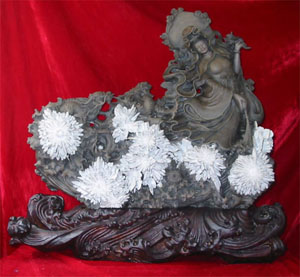
The Chrysanthemum Stone of Hunan, China occurs in the Qixia formation of Lower Permian. As the name implies. It is shaped like a Chrysanthemum, the official symbol of the Imperial Family of China. This specimen was collected from rocks at the bottom of a river. The flowers are embedded in dark gray limestone with celestite and calcite constituting the petal, and chert the stamen and pistil.
2010-11-23 17:19
View:5342
-
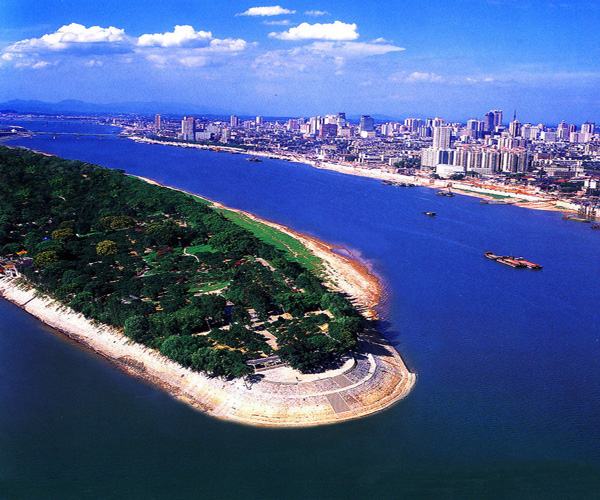
Based on recent archaeological discoveries, combined with historical records in pre-Qin Dynasty documents, the long process of the Hubei-Hunan Culture that developed on both sides of the Yangtze River, which made significant contributions to the formation and development of ancient Chinese civilization, can now be traced back to the pre-Yandi Shen Nong and Yandi-Huangdi cultures.
2010-11-23 17:18
View:3676
-
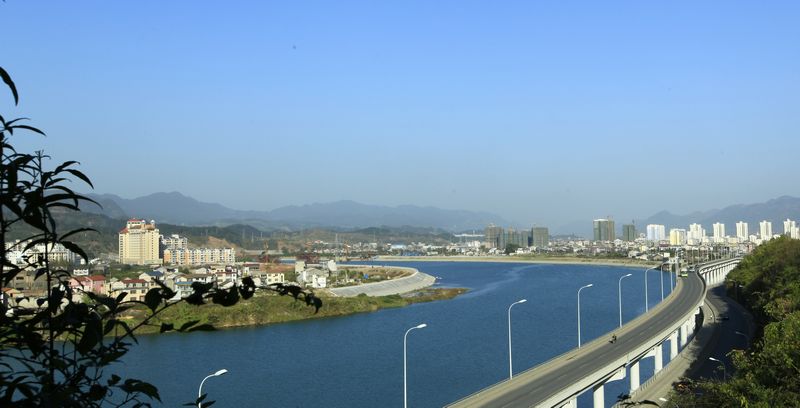
The primitive religions of the Tujia people were quite miraculous in nature and were expressed in four ways; worship of nature, veneration of ancestors, adoration of totems and belief in the Tima.
2010-11-23 17:15
View:4204
-
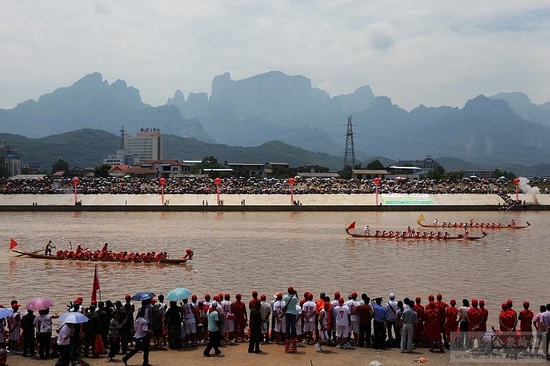
The Dragon Boat Festival, which has been observed over a period of more than 2,300 years in China, commemorates the death of Qu Yuan, a poet living in Chu State (todays Hubei and Hunan provinces) during the Warring States (475-221 BC).
2010-11-23 17:13
View:4927














